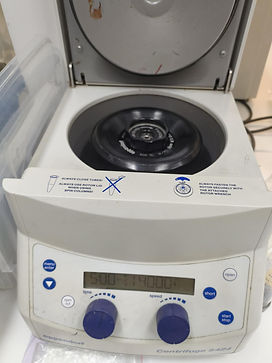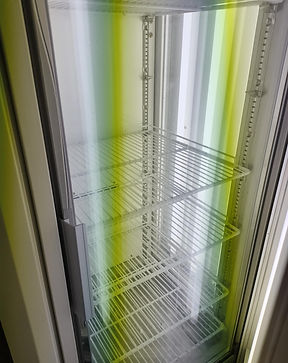
Initiatives
Renewable Energy Integration
Objective: Build a sustainable, low-carbon operation using solar power.
Actions:
-
Install solar panels to run paddle wheels, water pumps, and monitoring systems.
-
Include battery backup for cloudy days to ensure continuous water circulation.
-
Promote energy independence as a core environmental value of the project.

Industrial Wastewater and CO₂ Utilization
Objective: Use nutrient-rich waste streams and industrial CO₂ for circular bioeconomy.
Actions:
-
Partner with nearby factories, local authorities and agri-processors for CO₂ and nutrient sources.
-
Pre treat and test wastewater as a potential culture medium.
-
Use this initiative as both a low cost input strategy and an environmental service.

Field Testing and Quality Validation
Objective: Validate performance, safety, and scalability of microalgae systems and products in real-world conditions.
Actions:
-
Conduct on site field trials of raceway ponds under different environmental conditions (light, temperature, nutrient variability).
-
Test Chlorella biomass output, water quality, and growth rates across seasons.
-
Perform lab analyses on harvested biomass for:
-
Nutrient content (protein, chlorophyll, lipids)
-
Microbial contamination
-
Heavy metals and water contaminants
-
-
Use testing data to optimize cultivation protocols and support claims for product marketing, health and safety, and certification.

CO₂ Utilization from Composting
Objective: Capture CO₂ from on site compost systems to enhance algae growth.
Actions:
-
Design a simple CO₂ capture hood over compost bins.
-
Channel captured gas into our raceways.
-
Turn waste into a growth input while reducing greenhouse gas emissions.

Educational Outreach and Public Engagement
Objective: Increase awareness of microalgae benefits through hands on learning and visibility.
Actions:
-
Launch a program to introduce small-scale photobioreactors in schools and science clubs.
-
Provide educational materials on sustainability, biology, and algae tech.
-
We are going to use interactive display stands in stores with real time algae visuals and facts to showcase our products origin and health/environmental benefits.

Quality Testing and Research
Objective: Ensure safety, purity, and efficiency through rigorous monitoring.
Actions:
-
Use lab for testing water quality, algae density, contamination, and biomass composition.
-
Partner with universities and labs for nutritional profiling, heavy metal testing, and product validation.
-
Use testing results for quality assurance, labeling, and certification pathways




